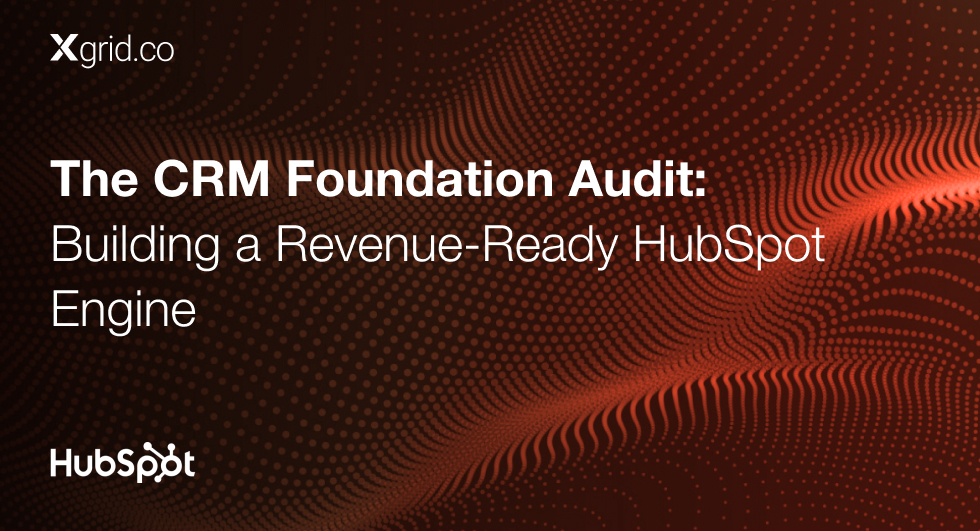How to Manage Marketo Lead Data in Highly Regulated Industries.
Compliance with strict regulations on customer information is mandatory in such industries. In this guide, we will show you how to keep your data safe and sound while keeping regulators happy.
Understanding Regulatory Requirements
Regulatory requirements vary across industries and regions, but common regulations include GDPR (General Data Protection Regulation) in the EU, CCPA (California Consumer Privacy Act) in the US, and HIPAA (Health Insurance Portability and Accountability Act) in healthcare.
These regulations mandate strict guidelines on how personal data should be collected, stored, processed, and deleted. They ensure businesses collect just enough data to serve their purpose without prying too much.
Key requirements typically include:
- Consent and Transparency: Explicit consent must be obtained from individuals before collecting their data, and they must be informed about how their data will be used.
- Data Minimization: Only data that is necessary for the intended purpose should be collected.
- Security Measures: Adequate security measures must be in place to protect data from breaches and unauthorized access.
- Data Access and Rights: Individuals have the right to access their data and request corrections or deletion.
In short, get consent, don’t be nosy, keep data safe, and let people access or delete their data if they want to. Break these rules, and you could face hefty fines or even worse, bad press!
Data Collection
To comply with regulations, it’s crucial to follow best practices during data collection:
- Obtain Explicit Consent: Use clear and concise language to explain what data is being collected and why. Ensure that users actively consent to data collection, for example, through opt-in checkboxes rather than pre-ticked boxes.
Example: “Want to hear from us? Check this box to get updates.” - Limit Data Collection: Collect only the data you need for specific purposes. Avoid asking for unnecessary information that doesn’t serve a clear business function.
Example: If you’re selling software, you might need their email and company name, but you don’t need their pet’s name or favorite color. - Secure Data Collection Methods: Use secure forms and encryption to protect data as it is collected. Marketo forms can be configured to use SSL/TLS encryption to ensure data is transmitted securely.
Data Storage and Security
Once data is collected, storing it securely is paramount:
- Use Secure Storage Solutions: Store lead data in secure, compliant databases. Marketo provides secure storage options, but it’s important to ensure that any integrated systems also meet security standards.
- Encryption and Anonymization: Encrypt sensitive data both at rest and in transit. Anonymization techniques can also be employed to protect individual identities while still allowing for data analysis.
- Regular Security Audits: Conduct regular security audits and vulnerability assessments to identify and mitigate potential risks. Ensure that your Marketo instance and any connected systems are up-to-date with the latest security patches. Consult with Marketo experts to leverage their insights and best practices, helping you catch vulnerabilities before they become problems.
Data Management and Segmentation
Effective data management involves organizing and segmenting your data properly:
- Organize Data Efficiently: Use Marketo’s data management features to categorize and organize your leads. Create folders and naming conventions that make it easy to find and manage data.
Example: Have separate folders for leads, contacts, and customers. - Segment Leads Carefully: Segment your leads based on relevant criteria such as demographics, behavior, or engagement level. This ensures that your marketing efforts are targeted and efficient.
Example: Create segments for different industries, job titles, or engagement levels. - Maintain Data Quality: Maintain clean marketing data by removing duplicates and outdated information. Implement validation rules and workflows to maintain data accuracy in your marketing campaigns.
Data Access and Sharing
Sharing is caring, but with data, you need to be careful about who gets to play:
- Limit Access: Use Marketo’s role-based access control to restrict access to sensitive data. Only authorized personnel should have access to personal information.
Example: Only your marketing team needs access to lead data, not the entire company. - Secure Data Sharing: When sharing data with third parties, ensure they comply with the same regulatory standards. Use secure methods to transfer data, such as encrypted emails or secure file transfer protocols.
Example: Share data with partners using secure FTP rather than sending spreadsheets via email. - Configure Permissions: Utilize Marketo’s permission settings to ensure that users only have access to the data necessary for their role. Regularly review and update permissions as needed.
Data Retention and Deletion
Proper data retention and deletion practices help maintain compliance and avoid clutter:
- Establish Retention Policies: Define how long data will be kept based on regulatory requirements and business needs. Clearly document these policies.
Example: Retain lead data for two years unless required otherwise by law.
- Automate Deletion: Use Marketo’s automation capabilities to schedule data deletion according to your retention policies. This ensures that data is deleted promptly when it is no longer needed.
Example: Set up workflows to delete inactive leads after a set period.
- Maintain Audit Trails: Keep detailed records of data retention and deletion activities. This documentation is essential for demonstrating compliance during audits.
Monitoring and Reporting
Regular monitoring and reporting help ensure ongoing compliance.
- Set Up Monitoring Systems: Implement systems to continuously monitor data handling practices. This can include automated alerts for potential compliance issues.
- Regular Audits and Reports: Conduct regular audits to review data management practices and ensure compliance. Use Marketo’s reporting tools to generate compliance reports and track key metrics.
- Use Marketo’s Reporting Tools: Leverage Marketo’s built-in reporting features to monitor data usage, access, and retention. Custom reports can help track compliance and identify areas for improvement.
Training and Awareness
Training and awareness are critical components of compliance:
- Train Your Staff: Provide regular training on regulatory requirements and best practices for data management. Ensure that all team members understand their responsibilities.
Example: Hold quarterly training sessions on GDPR and CCPA compliance. - Continuous Education: Stay informed about changes in regulations and update your training programs accordingly. Regularly refresh your team’s knowledge.
Example: Subscribe to industry newsletters to keep up with regulatory changes. - Foster a Compliance Culture: Encourage a culture of compliance within your organization. Make it clear that protecting lead data is a priority for everyone.
Example: Reward teams for good data management practices and highlight success stories.
Case Studies and Best Practices
Learning from others can provide valuable insights:
- Industry Examples: Examine how other companies in highly-regulated industries manage their lead data. Look for case studies and best practices that can be applied to your organization.
- Practical Tips: Incorporate lessons learned from these examples into your own practices. Practical tips can help you avoid common pitfalls and improve your data management processes.
Conclusion
Managing lead data in highly regulated industries requires careful attention to detail and a thorough understanding of regulatory requirements. By following the best practices outlined in this article, you can ensure that your lead data is handled securely and compliantly in Marketo. Prioritize compliance, regularly review and update your practices, and foster a culture of data protection within your organization. By following these best practices, you’ll not only stay out of trouble but also build trust with your customers, enhancing your reputation in the market.





